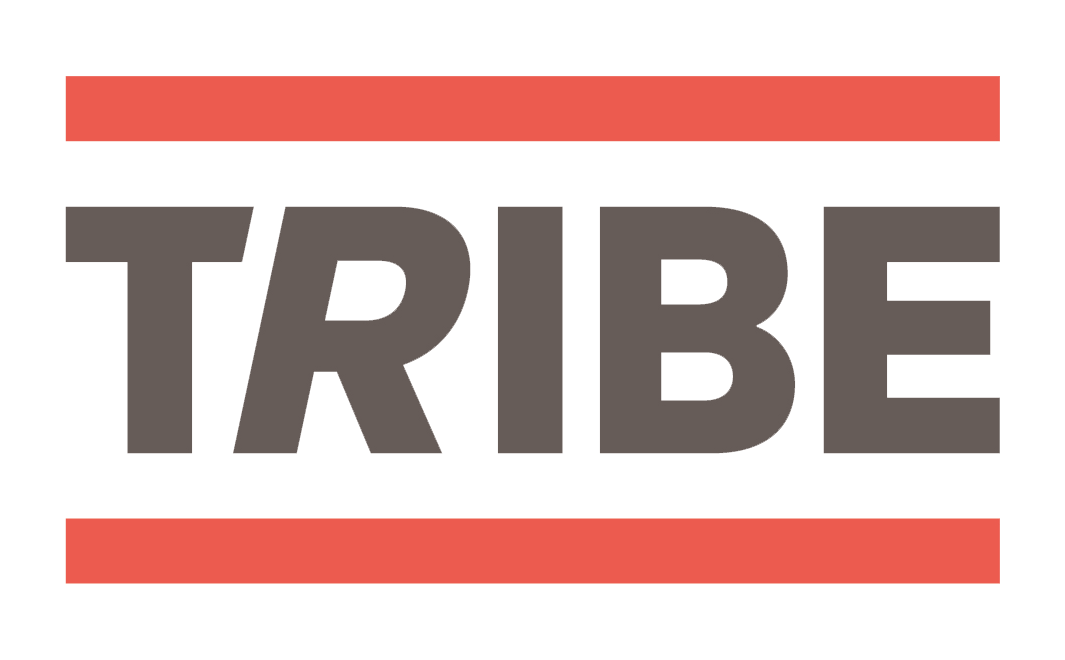Protein.
Once the domain of bodybuilders – has become the super-nutrient of the moment. TRIBE co-founder, Rob Martineau, takes a look at protein: how much you need and what to look for when building more into your diet.
The big picture. Protein, Fat & Carbohydrate are the 3 macro-nutrients that make up all foods and give us energy & body mass. At root, performance nutrition is about two things: 1) getting these 3 in the right balance for your body and performance goals; and 2) consuming them from sources that also give vitamins & minerals (micro-nutrient density).
Why protein? Of the 3 macros, protein provides the body’s building blocks: amino acids that support muscle growth and recovery (+ thousands of other vital functions). Everyone needs protein, but if you’re training regularly, you need a good supply to keep muscle in tact, your metabolism working well, and your body recovering after each session.
So how much do I need?
The UK Government recommends 0.8g protein per kg of body weight per day. For someone training regularly, you need more. On average, we recommend 1.4g a day. Putting that into perspective:
- chicken or salmon breast: 20g protein
- boiled egg: 7g protein
- cup quinoa: 8g protein
- handful of cashew nuts: 5g protein
Working it through… I weigh 75kg and train most days. That means I aim for 105g of protein a day (75kg x 1.4g). That’s 3 chicken breasts and 8 eggs.. a lot. As I rarely eat meat, that makes it harder.
So that means protein shakes? Not necessarily. If you can get the amount of protein you need from wholefoods – do that (as these are high in natural micro-nutrients). But protein shakes can be a convenient way to get an additional 20g protein in. The protein is quickly absorbed and easy to take on straight after a training session.
Getting your shake right
The protein market can be a minefield. Look out for these things when choosing:
- No junk. Most protein supplements are full of sweeteners, flavours, chemicals. However healthy the front of pack looks, read the back. Try to avoid products that are filled with these.
- Protein source. Go for a protein that gives a complete amino acid profile (eg whey or pea + rice).
- Mixer. For best taste (and additional nutrients) mix the powder with a milk or plant milk. Looking at environmental and nutritional, I got for oat milk. If you’ve got a blender, add some fruit for extra carbs.
Blog by Rob Martineau
